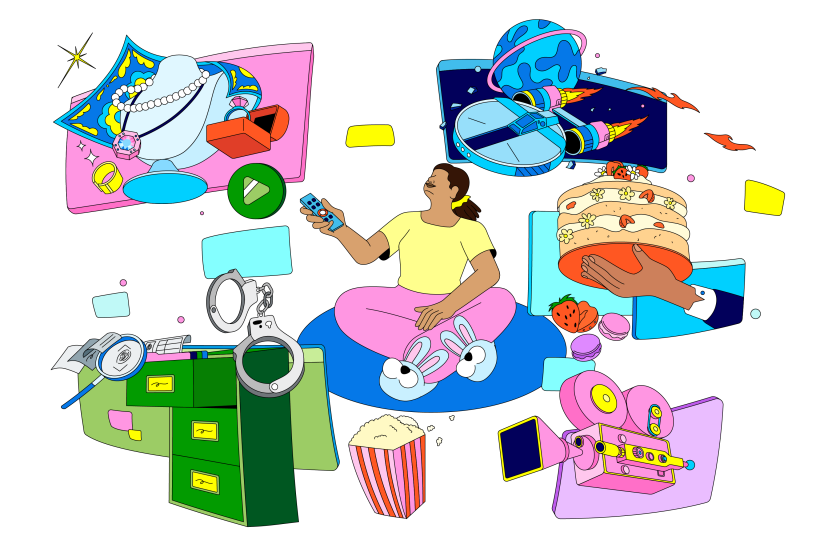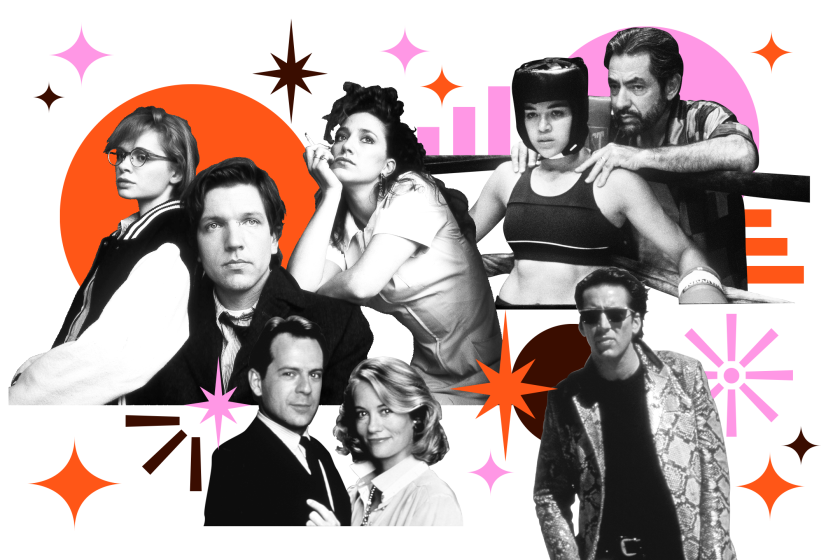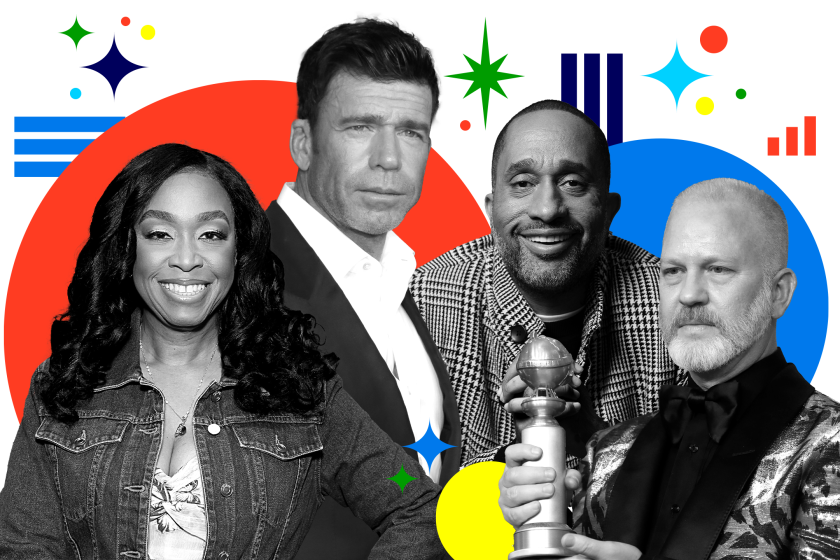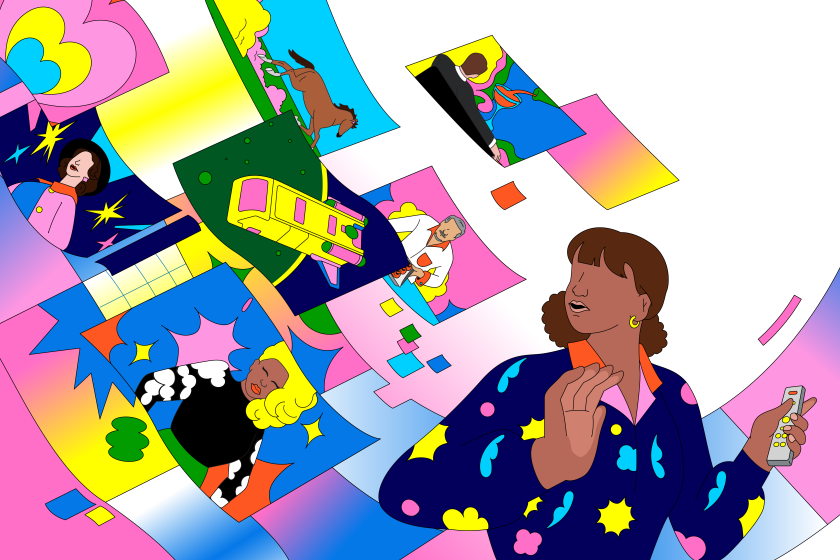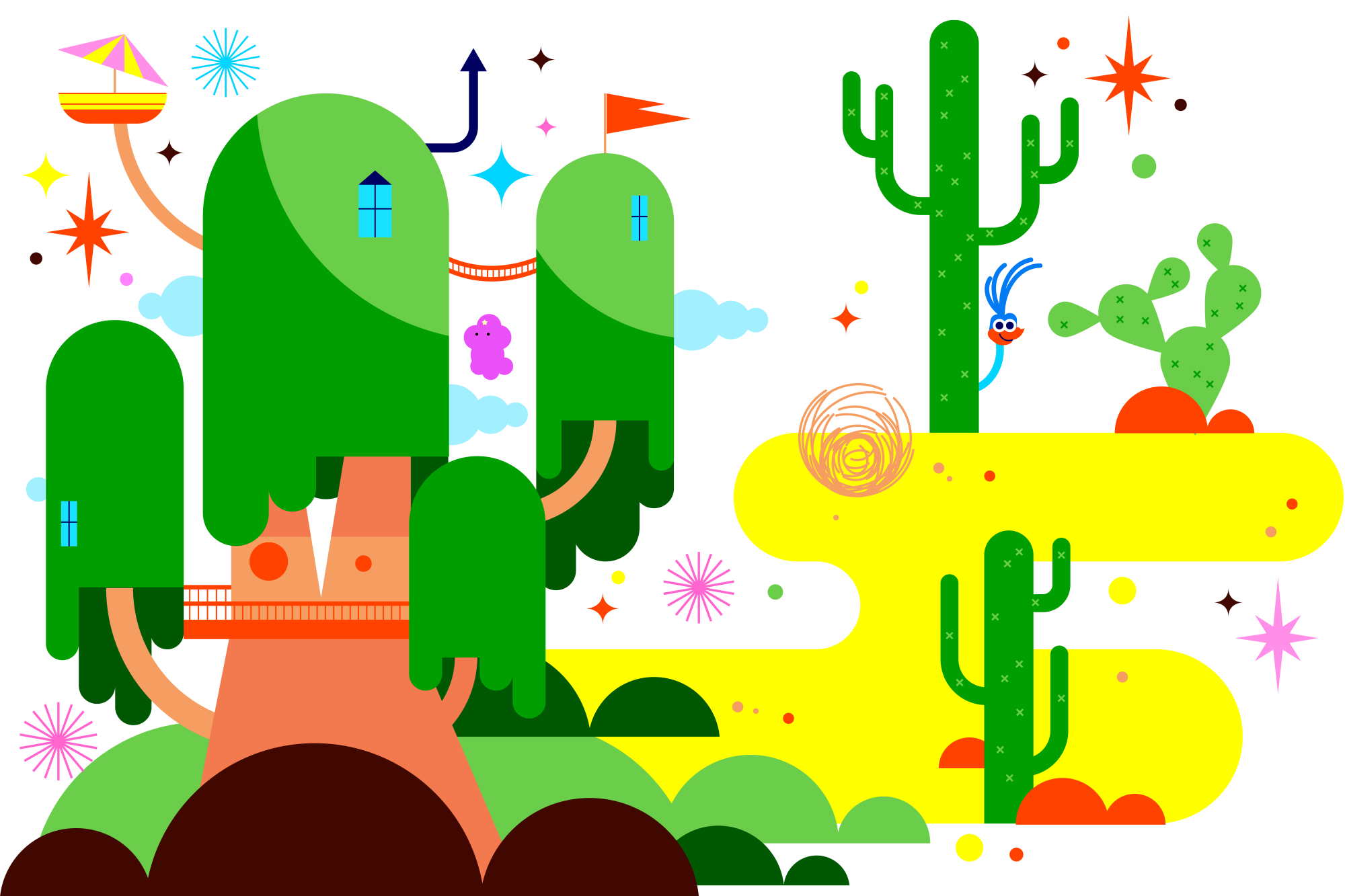
- Share via
Developing an animated show takes time. When Tze Chun pitched his “Gremlins” prequel series about five years ago, it was for an “unnamed Warner streaming service.”
“I think it was [one of] the first things that they bought, so that gives you an idea of how long we’ve been working on this,” said Chun, showrunner and executive producer of the “Gremlins: Secrets of the Mogwai,” which premiered last month on Max.
Even that was “very quick in animation time,” added executive producer Brendan Hay.
The same can’t be said for streaming itself. In the four years since the first reports that a “Gremlins” prequel had been greenlighted, that “unnamed streaming service” was given a name, launched, acquired in a mega media merger and relaunched with a brand new name and catalog — with a slimmed-down animation portfolio.
The complete guide to home viewing
Get Screen Gab for everything about the TV shows and streaming movies everyone’s talking about.
You may occasionally receive promotional content from the Los Angeles Times.
A number of other streaming platforms launched during the same period, including Disney+, Apple TV+, Peacock, Discovery+ and the rebranded Paramount+, joining a field of direct-to-consumer video offerings that already included stalwarts Netflix, Hulu and Prime Video.
The result has been a roller-coaster ride for animation. Streaming, once touted as a boon for the animation industry and the herald of a new golden age, hit up against the economic realities behind these new media endeavors. 2022 in particular was a tough year for animation, with streaming services scrapping numerous projects and removing existing titles from their platforms completely.
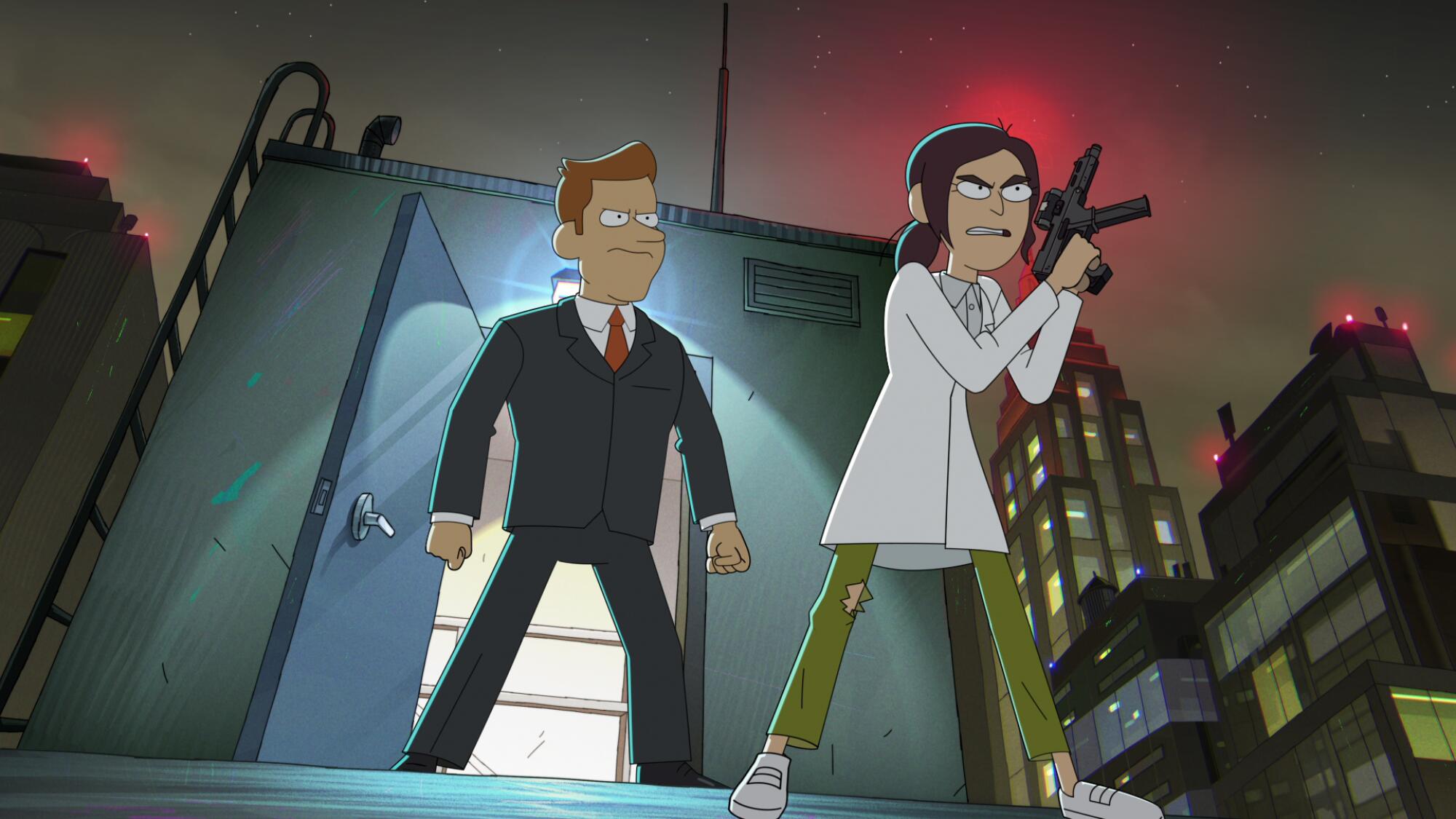
After announcing it had lost 200,000 subscribers in the first quarter of 2022, Netflix started canceling animated shows, both ongoing series and those in various stages of development. While some of these decisions were reportedly based on creative reasons, they were made against a backdrop of layoffs — including 70 part-time animation-related jobs — designed to cut costs amid a stock price decline. (The streamer has continued to announce and release new series since.)
The streamer formerly known as HBO Max followed suit, not only canceling projects but also removing several titles, including a number of acclaimed animated shows, from its library starting in August 2022. Series wiped from the service included HBO Max originals as well as Cartoon Network favorites. For artists and fans, it seemed as if a Rubicon had been crossed: many had assumed, as it turned out wrongly, that a show made for a streamer would always be available on that streamer to subscribers.
Now even Disney is following suit. In order to cut costs amid uncertainty around the profitability of streaming, Disney removed a number of titles from both Disney+ and Hulu in late May. In the current environment, maintaining an exhaustive library to appeal to subscribers is not seen as the winning strategy it once was.
Amid a writers’ strike largely about the power of platforms, we take a snapshot of the streaming pecking order, from Netflix to (formerly HBO) Max.
“We seem to be going through this time of really heightened Darwinism in media and it’s pretty nuts,” said Stephen P. Neary, the creator of “The Fungies,” an HBO Max original series that was among those pulled from the platform last year. “When I heard about the ‘Batgirl’ movie getting canceled and realized that was going to be a tax write-off so you would never see it, I was almost relieved that ‘The Fungies’ still existed in some form [before] getting pulled.” (WarnerMedia declined The Times’ request for comment.)
It wasn’t always like this.

For years, Netflix was known for its lavish spending as it bulked up its library of licensed and original programming. After partnering with DreamWorks to start developing animated originals for kids in 2013, Netflix steadily increased its footprint before going all in in 2018, launching its own in-house animation hub while tapping well-known creatives to develop new shows.
Much like their live-action counterparts, these creators were drawn in by the promise of creative freedom: The perception was that Netflix was willing to let artists take risks because all shows had a place at the streamer in its race for more subscribers.

“I started out pretty optimistic,” said Elizabeth Ito, who created the Peabody- and Emmy Award-winning “City of Ghosts” while at Netflix. “It directly provided me this opportunity to create a show and the beginning of being at that specific place, at Netflix, it undeniably felt really hopeful.”
This artist-friendly approach appealed to all levels of talent. In addition to courting specific creators for their unique visions, Netflix Animation was building its ranks with other hires to make sure all shows that were expected to go into production could be adequately staffed.
As “Netflix was exploding, it was a really competitive time to find talent, to find board artists to work on your show,” said Neary. “I think a lot of us were feeling just how scarce talent was. It was a scramble.”
From disgraced producers to pharmaceutical giants, the reasons you can’t stream titles like ‘Moonlighting’ or ‘Dawn of the Dead’ are often surprising.
Netflix was not the only streamer working to expand its library with animation. Kids and family programming increased retention among subscribers with children. And those who grew up on shows from “The Simpsons” to “Avatar: The Last Airbender” now form a sizable audience of adult viewers who not only watch a lot of animation but also have a habit of repeat viewing.
ViacomCBS (now Paramount), Hulu and Prime Video were also among those developing more animated projects even before the COVID-19 pandemic shut down the world, including Hollywood productions, in 2020 and caused many in the industry to see animation as a “pandemic-proof” form.
For animators, such boom times were not entirely new: The rise of cable in the 1990s also led media companies to turn to creator-driven animation to expand their audiences.
Nickelodeon had already been operating as a cable channel geared toward kids for over a decade when it launched its first three original animated shows — “Doug,” “Ren & Stimpy” and “Rugrats” — in 1991.
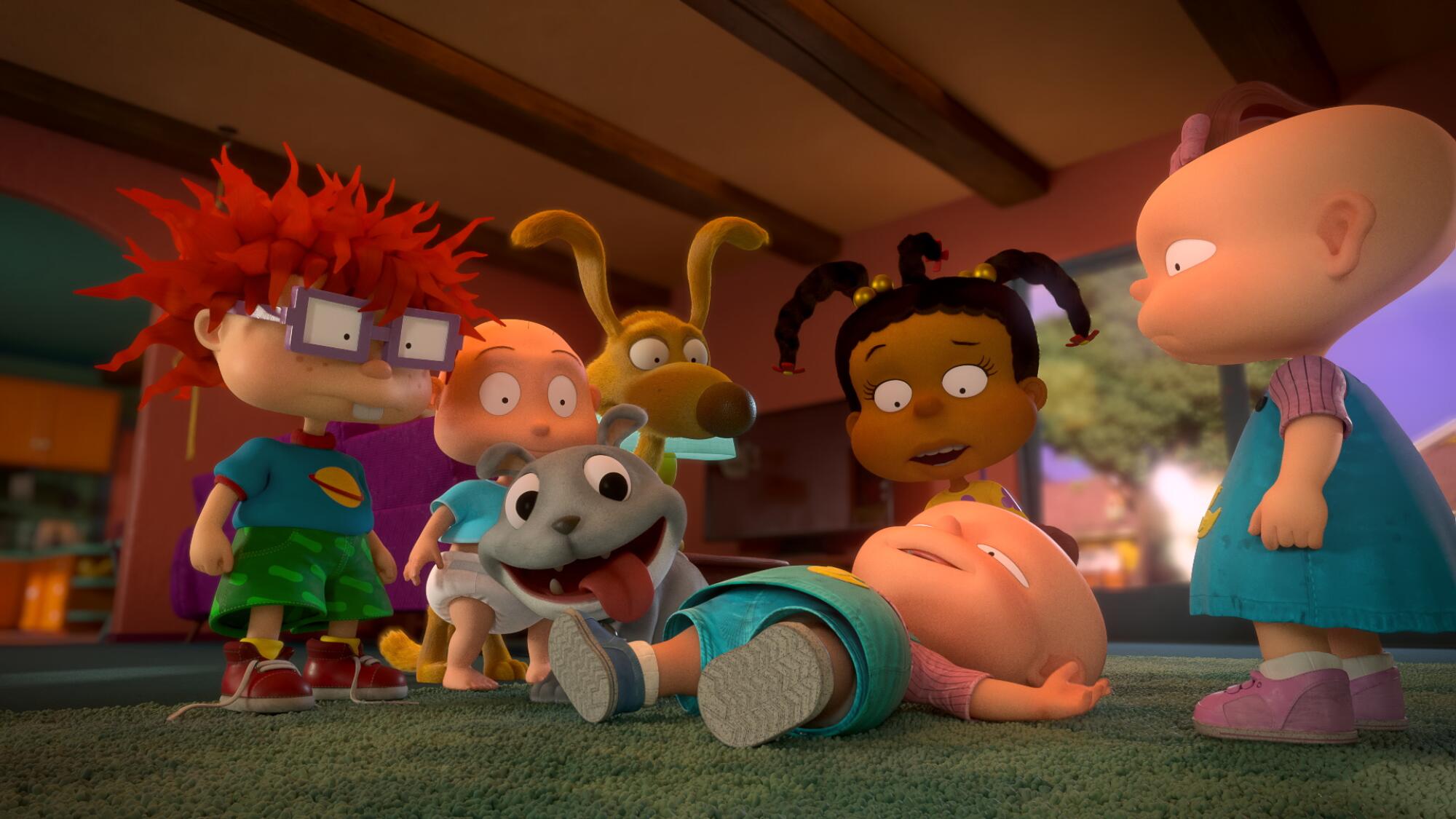
“We had a theory that there were a lot of animators who had private projects they had been working on in their heads for years, but because the networks are so driven by pre-sold characters there was no outlet,” then-Nickelodeon President Geraldine Laybourne told The Times that year.
Cartoon Network, which launched in 1992 as the first cable channel devoted just to animation, originally relied on its library of classics from Hanna-Barbera, Warner Bros. and MGM to pad its lineup. But soon, it too started looking for original voices.
“Cartoon Network [was] looking for more undiscovered talent, people that may have had a hard time getting in,” Genndy Tartakovsky, who has created a number of acclaimed shows for the programmer, told The Times in 2002. “It became a great opportunity to do something. And as I got into it, I realized that they were also offering the creative freedom. They were letting the creators make the shows.”
Niche cable channels were not only making new and exciting animated shows, they were also making animation more accessible by not relegating cartoons to specific blocks of time, like weekday afternoons or Saturday mornings.
Inspired by “The Simpsons,” which began forging its groundbreaking path in prime time in 1989, networks such as Comedy Central and MTV launched their own adult animated shows.
Led by Netflix’s pacts with Shonda Rhimes and Ryan Murphy, streamers have lured TV titans with eye-popping deals. The results have been mixed at best.
As with the streaming boom, cable’s artist-driven TV animation renaissance began to wane. While series like “Adventure Time” that might be described as “a little weird but heartfelt” continued to be made, cartoons for children based on existing media or tied to toys once again gained traction. Indeed, this familiar cycle led some veterans to warn that the streaming wars’ benefits to animation were likely temporary.
“Early on, some of the more experienced folks that were on board [told] the artists [that] we’ve got to take advantage of this as quick as possible because these windows… don’t really last that long,” said Ito. “Somebody’s guess was like, we’d have about a year to do our things.”

Streaming did bring with it one wrinkle that didn’t exist in the 1990s, though: Platforms’ reliance on mysterious algorithms and opaque data to measure success, determine budgets and shape programming decisions. That plus the long development window for animated projects could lead to whiplash.
“I feel like there was just a giant shift at least every six months in what Netflix specifically was looking for,” said Ito. “The speed at which they throw out ideas and then try new ideas just doesn’t work with something like animation, because it takes so much longer to put our projects together.” (Netflix declined The Times’ request for comment.)
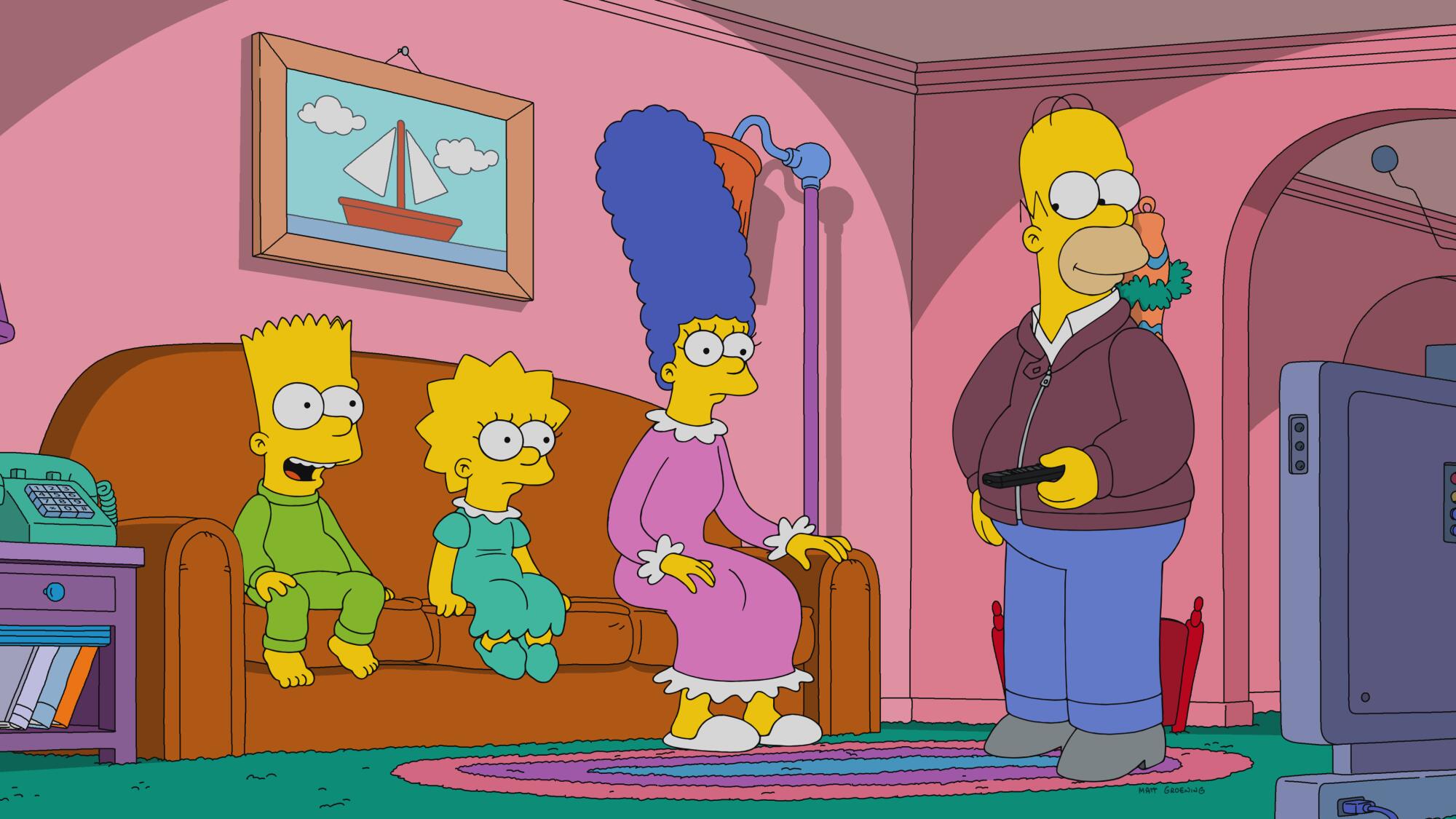
By some accounts, the latest boom-and-bust cycle has left morale among those currently working in animation at a low. And it’s not simply a function of labor unrest in Hollywood or because the streaming bubble may have burst. It’s also because of yet another shift back toward projects derived from existing intellectual property — adaptations, sequels and reboots.
“It’s a bummer,” Neary says, “but I’m still gonna keep pitching stuff and keep trying.”
Although he was heartbroken when “The Fungies” was pulled from HBO Max last year, he now focuses on the good. After initially pitching a version of the show in 2014, it survived two mergers and a pandemic amid shifting corporate interests to make it into the world.
“I’m really proud of the work that we were able to do under those conditions,” said Neary. “We worked for two years from home and made 80 episodes, that’s really unheard of. ... That overshadows all the bummer vibes.”
A decade after Netflix disrupted the industry with ‘House of Cards,’ Peak TV is in retreat, and in its place is a new era of discontent.
Hay, the “Gremlins” executive producer, hopes that the industry is “reaching a more sustainable place that’s somewhere in between the peaks and valleys it’s been the last few years.” He is also optimistic about shifts he is seeing in the kinds of shows that are getting made, such as those geared toward teenage audiences.
“I feel like for a very long time, you had your kid shows and then you had, like, adult comedy, and there was nothing in between in American animation,” said Hay. “I know on the writer and artist side, we’re all, like, champing at the bit to make shows like that … I feel like, looking around and talking to friends who work elsewhere, I think that’s starting to come.”
Whether artists work on their passion projects at their job or keep at it on the side as they juggle freelance work to make a living, they continue to show their resilience.
“Animation and artists are always going to survive,” said Ito. “I think it’s just trying to figure out how we get our more independent community back and how do we stop all the money from only going to these rich dudes.”
More to Read
The biggest entertainment stories
Get our big stories about Hollywood, film, television, music, arts, culture and more right in your inbox as soon as they publish.
You may occasionally receive promotional content from the Los Angeles Times.

